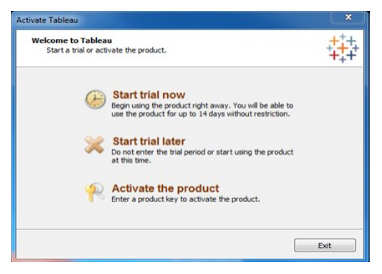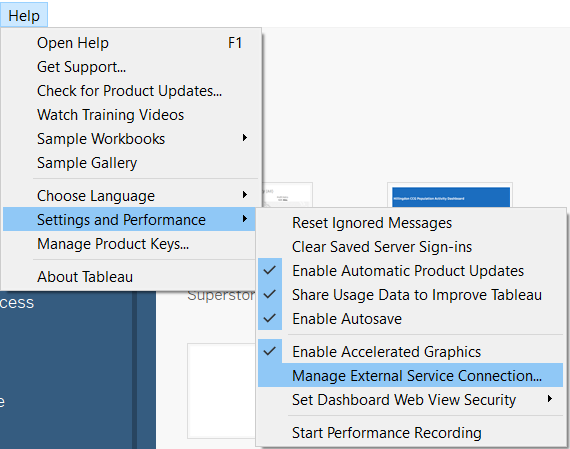

Looker requires data to be loaded into a limited choice of analytic databases prior to preparing data for analysis. This alleviates IT’s burden of handling simple data manipulation requests, affording them more time dedicated to strategic data initiatives. Tableau allows users to connect directly to data wherever it resides to prepare and model data for analysis. This can create a development bottleneck with a majority of users depending on a handful of technical specialists to prepare data for analysis. Looker’s data model requires SQL expertise to prepare and model data. This helps users of all skill levels to model, modify, and prepare data for analysis. Tableau Prep offers a smart, visual, drag-and-drop data preparation experience. Looker’s data model requires organizational business logic and data governance to be managed within their proprietary metadata layer, increasing the risk of vendor lock-in and limiting flexibility. Tableau’s flexible architecture allows organizations to leverage their existing data technology investments, lifecycle management, and governance policies. This can mean substantial database investments, reliance on a robust enterprise ETL process, and limited data source connectivity choices. Looker’s architecture requires establishing a direct connection to data. Tableau gives customers the option to connect live to data or to leverage Hyper’s in-memory database to offload query volume, improve poor query performance, and reduce database costs. Looker’s in-database architecture necessitates all being loaded into an analytical database prior to conducting analysis. Tableau’s agnostic approach to data allows users to connect to a wide variety of data sources, wherever they reside. Looker hasn’t invested in native augmented analytics capabilities and therefore is reliant on third party integrations. Our augmented analytics improve speed to insight and lower the barrier to entry to more advanced analysis. Tableau has made heavy investments to incorporate AI-driven insights and natural language querying in the platform.
#How to buy tableau product key code
This leads to dependencies on a handful of technical specialists to conduct analysis at the data model layer or to code in functionality to meet user requirements.

In Looker, end users are limited in ad-hoc analytics capabilities. Tableau provides deep analysis capabilities for end users, allowing for ad-hoc analysis on IT-curated data sources without requiring IT to continually make changes to the underlying data model.

Looker allows users to visualize data with a finite list of native visualization choices which often necessitates integration with third-party tools for custom visuals. Tableau’s robust data visualization capabilities unlock limitless creativity and flexibility for exploring, visualizing, and communicating with data. In many cases, what is no-code functionality in Tableau requires coding expertise to achieve similar results. Looker’s product philosophy is rooted in the ability to write SQL. Tableau is easy to use, providing powerful, intuitive analytics capabilities that empower more people to analyze data without relying on technical experts to write code.


 0 kommentar(er)
0 kommentar(er)
